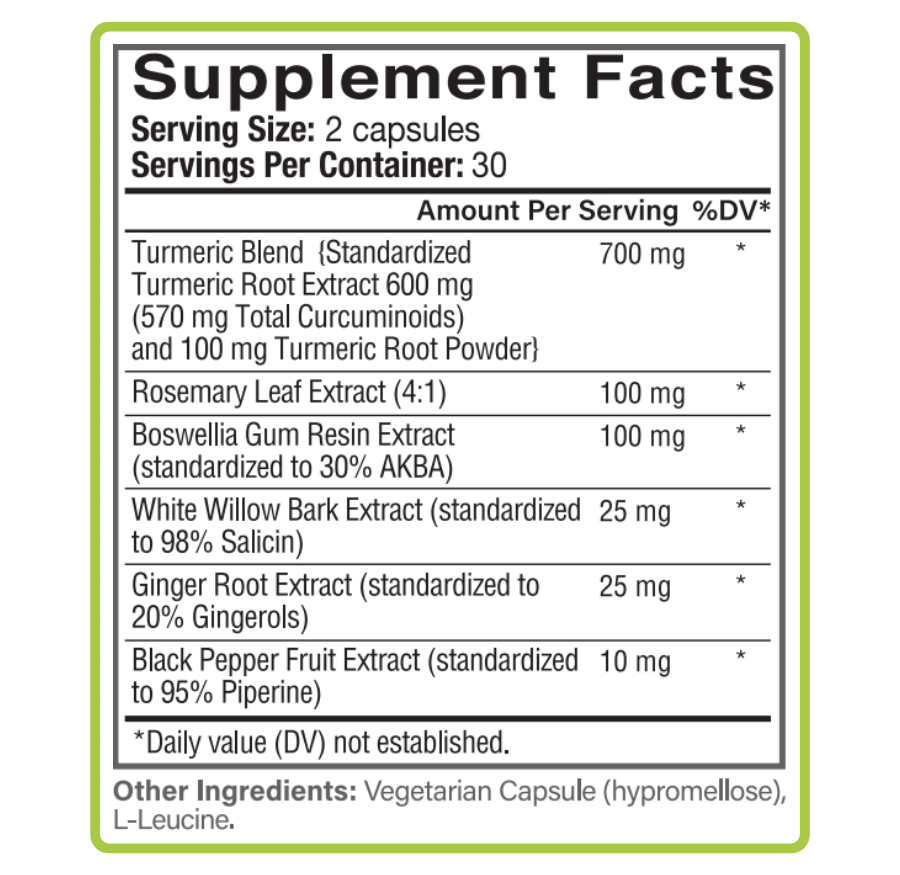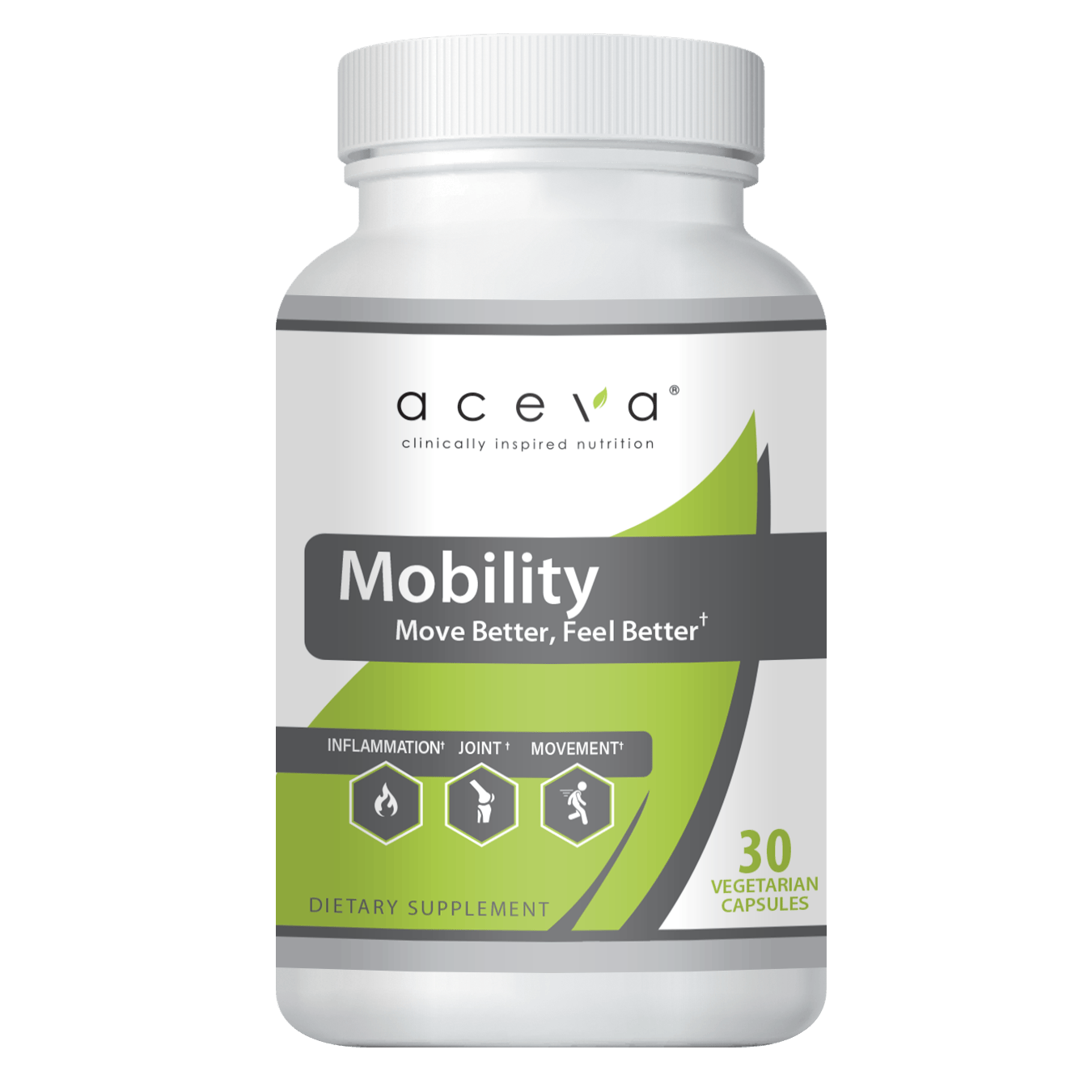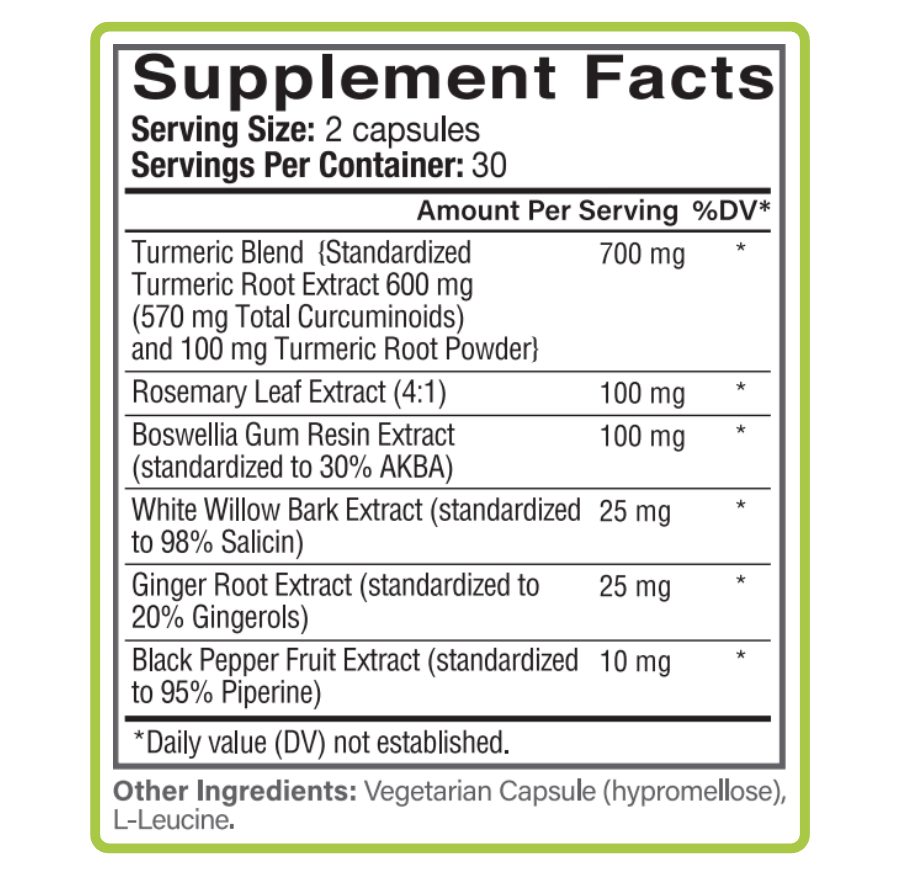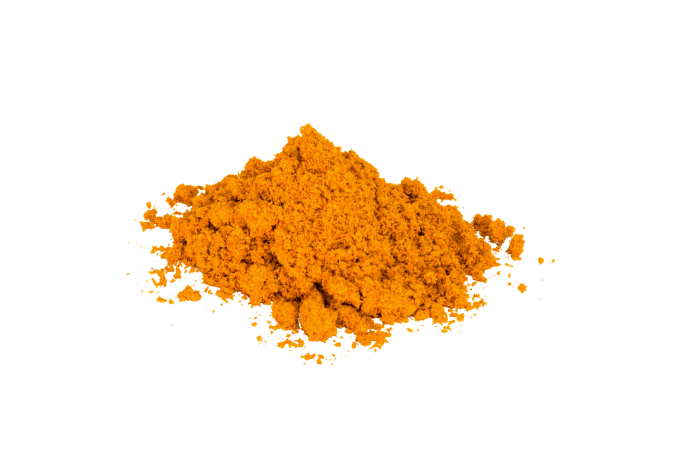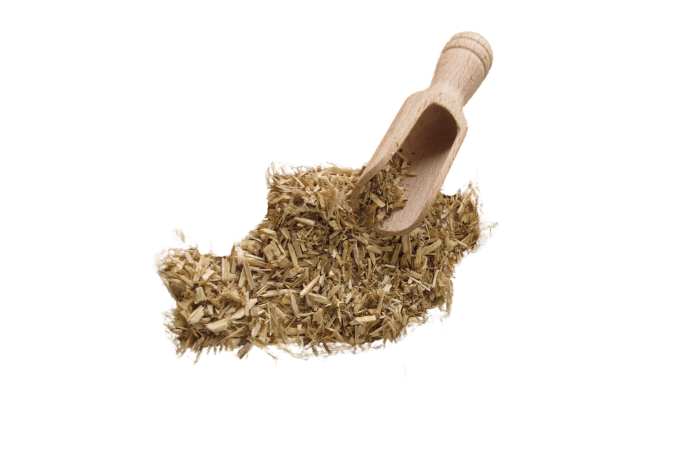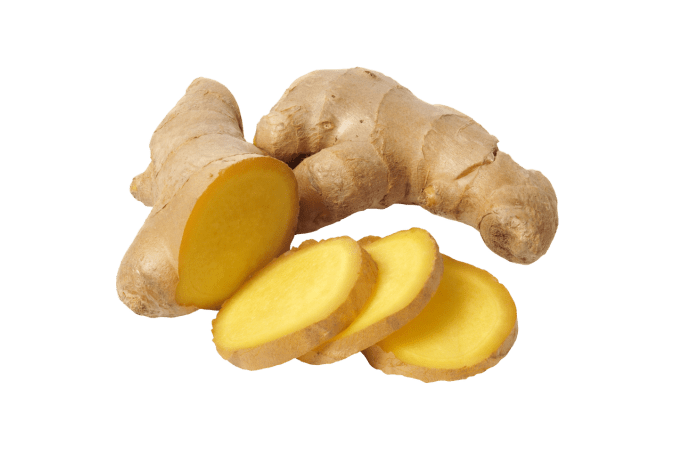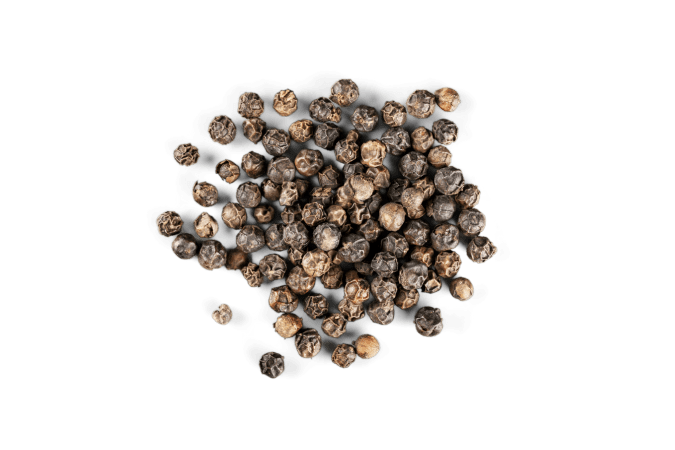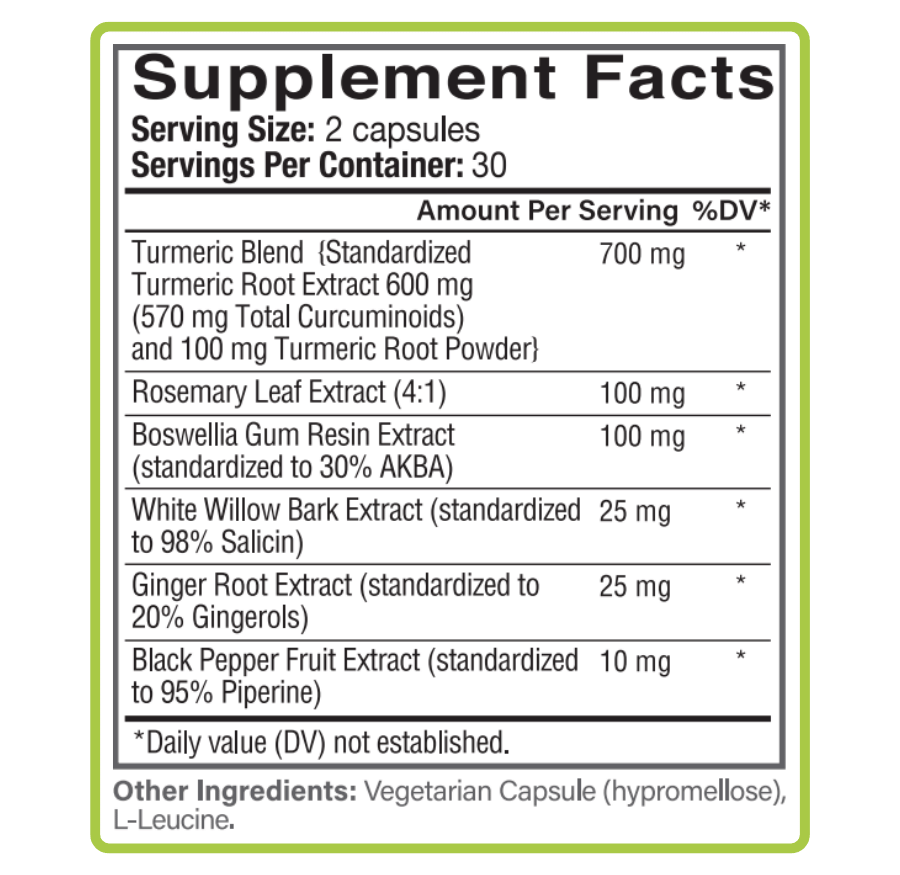Suggested Use
As a dietary supplement, take two (2) capsules daily or as directed by your healthcare professional.
Formulated To Be Free of Allergens Derived From:
Wheat, soy, dairy, eggs, fish, crustacean shellfish, tree nuts, peanuts, artificial preservatives, sweeteners, colors and flavors.
Caution: As with any dietary supplement, consult your healthcare professional before using this product, especially if you are pregnant, nursing, anticipate surgery, take any medication (especially blood thinning medication) or are otherwise under medical supervision.


